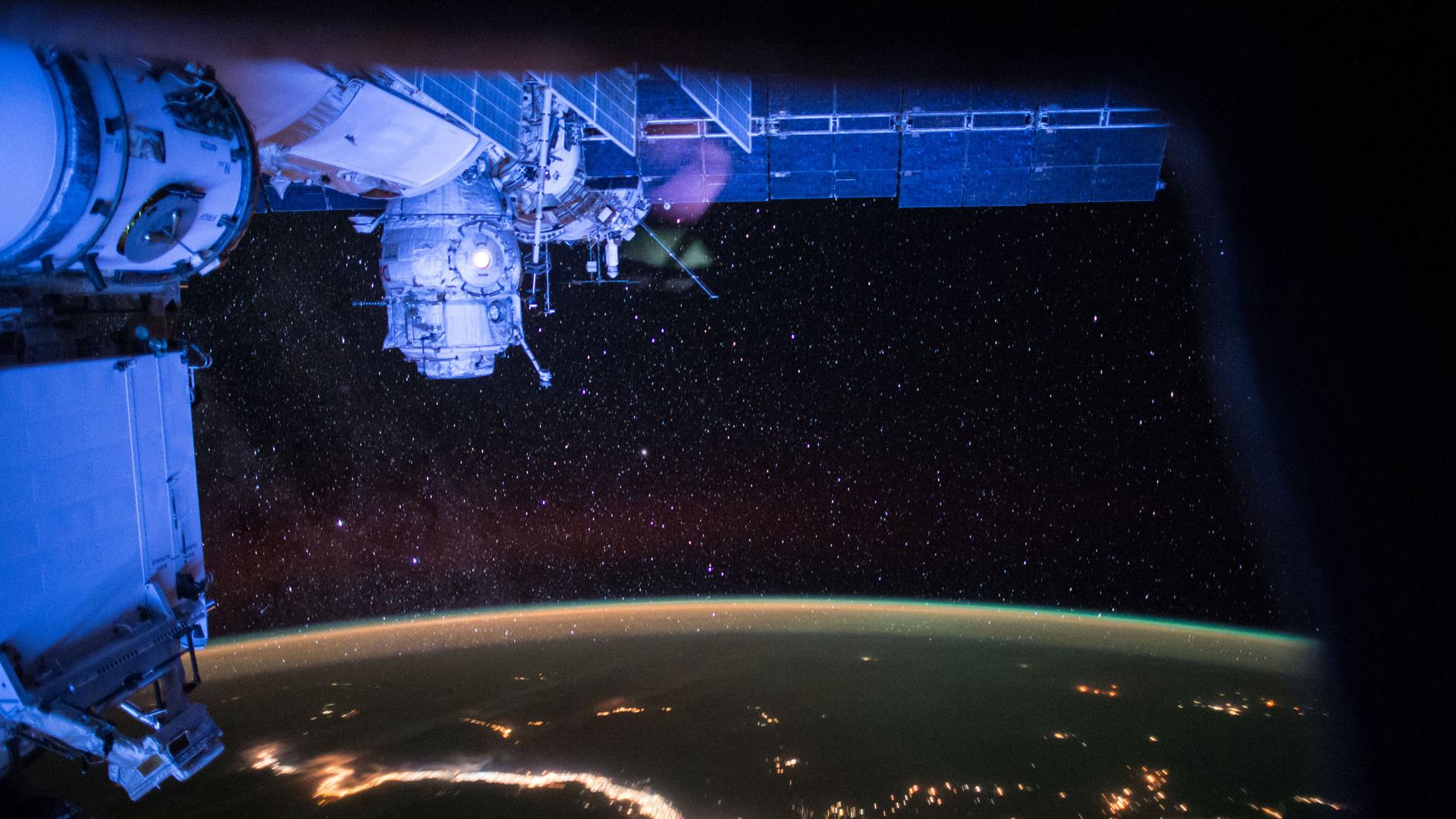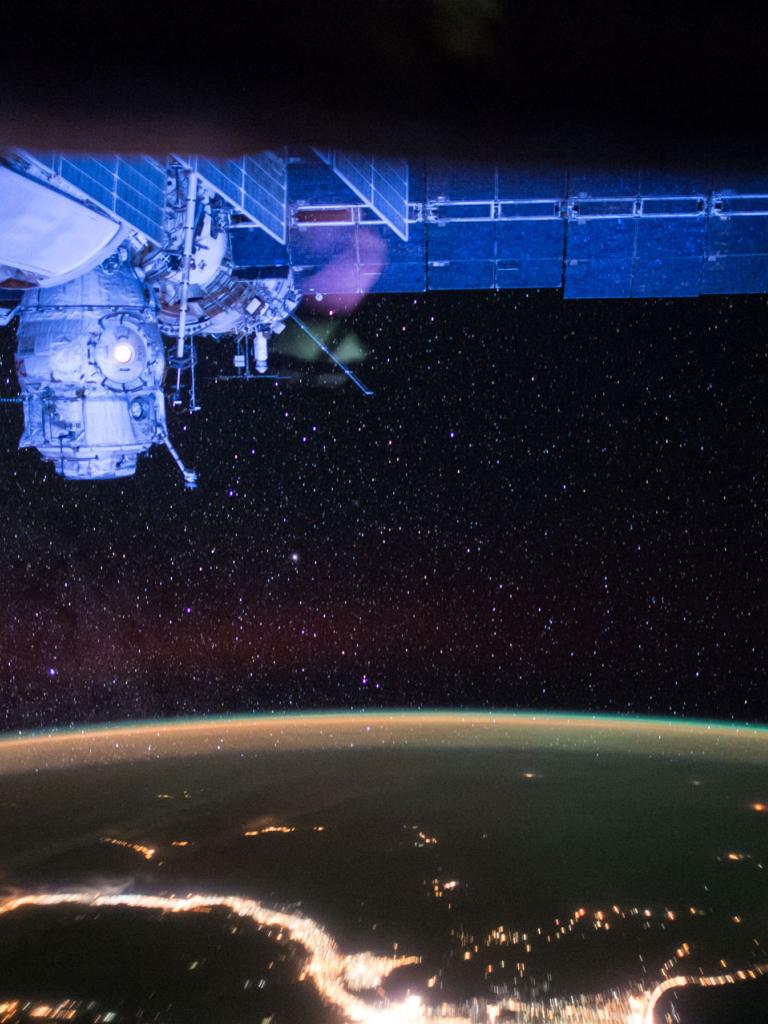Rescuing and restoring satellite data to respond to the climate crisis
EUMETSAT’s Jörg Schulz reflects on the importance of restoring data from past satellite missions

The importance of EUMETSAT’s future satellite missions in the continuous monitoring of gases in the Earth’s atmosphere



“Next-generation satellite programmes will enhance monitoring capabilities for atmospheric gases and aerosols that are critical for both climate monitoring and air quality forecasts,” Munro said. “Very often the same processes that emit greenhouse gases such as carbon dioxide, will also emit pollutants that can be very damaging to human health.
“The combination of observations provided by geostationary and polar-orbiting satellites will enable substantial improvements in spatial and temporal resolution of data across the ultraviolet, visible, near-infrared, and infrared spectrums. This means more observations, more pixels per image, and the capability to observe more types of gases.
“Observations of atmospheric composition – as well as of the land surface, oceans, clouds, and the cryosphere – enable a more systematic understanding of what is happening and will hopefully motivate policies that can work towards mitigating the alarming impacts we are seeing at a global level due to the climate crisis.”
Read the full article in Meteorological Technology International
Main image credit: NASA
Adam Gristwood